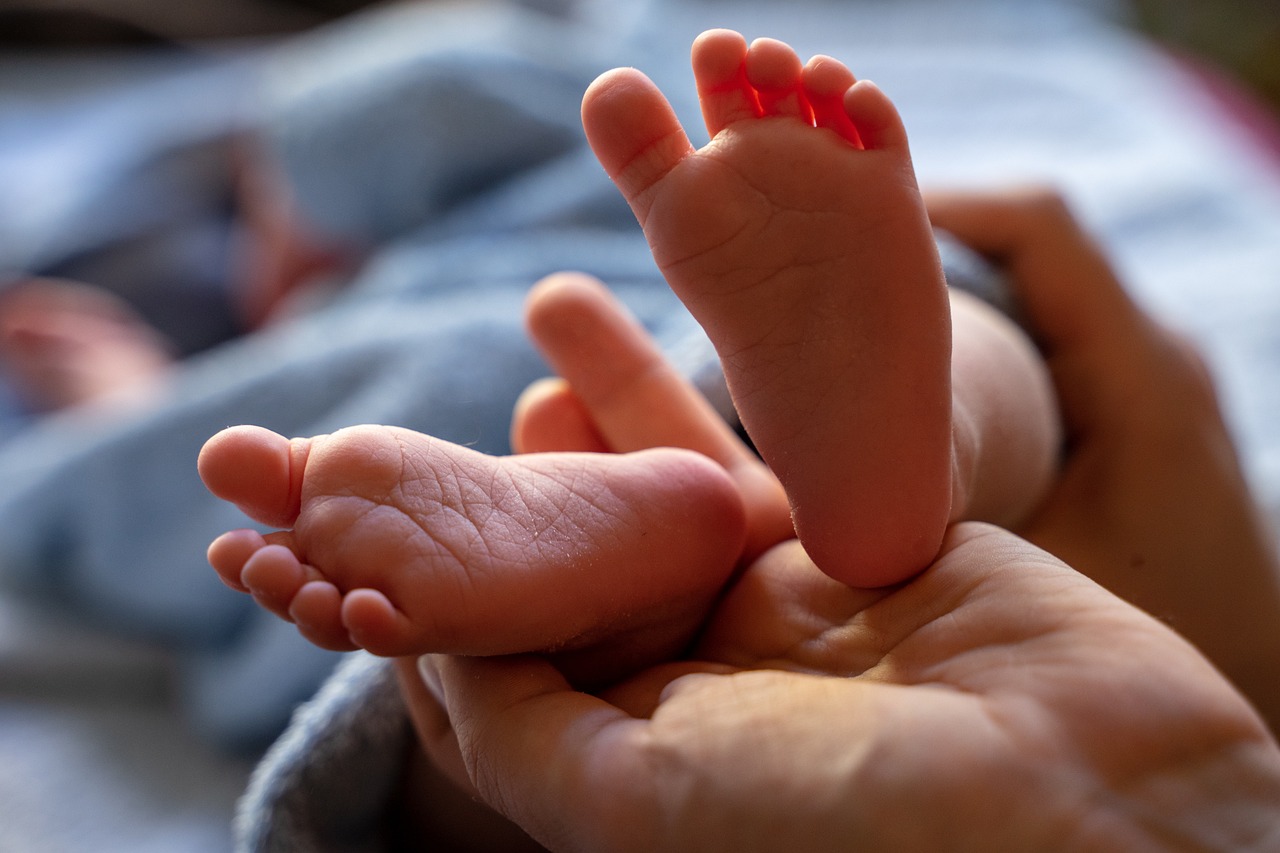Learning that your child has been diagnosed with cerebral palsy (CP) can feel overwhelming. Whether the signs were visible from birth or gradually emerged over time, parents often find themselves flooded with questions: What caused this? What does it mean for my child’s future? What are the next steps?
This guide breaks down the basics of cerebral palsy, how it’s diagnosed, what symptoms to look for, and how early support can make a lasting impact. We also touch on how birth-related medical negligence can play a role in cerebral palsy, and what families should do if they suspect preventable harm.
🧠 What Is Cerebral Palsy?
Cerebral palsy is a neurological condition caused by damage to the developing brain. This damage affects movement, muscle tone, coordination, and posture, and can range in severity from mild to profound. Cerebral palsy is considered a non-progressive disorder, meaning the injury to the brain doesn’t worsen over time, but the effects may change as the child grows.
Cerebral palsy is the most common motor disability in children, affecting approximately 1 in 345 kids in the U.S., according to the CDC.
🚨 What Causes Cerebral Palsy?
Cerebral palsy can result from a variety of causes, most commonly:
- Oxygen deprivation (hypoxic-ischemic encephalopathy or HIE) during labor or delivery
- Premature birth or low birth weight
- Infections during pregnancy (e.g., toxoplasmosis, CMV, rubella)
- Severe jaundice that goes untreated
- Trauma during delivery due to the misuse of forceps or vacuum extractors
- Delayed response to fetal distress or failure to perform an emergency C-section
While not all cases of cerebral palsy are preventable, many occur due to medical errors during labor and delivery.
➡️ Learn more: When Medical Errors Happen and Holding Healthcare Accountable
🩺 How Is Cerebral Palsy Diagnosed?
1. Monitoring Developmental Milestones
Cerebral palsy is often suspected when a child isn’t meeting typical motor milestones, such as:
- Rolling over by 4–6 months
- Sitting without support by 6–9 months
- Crawling or walking on time
- Reaching with both hands evenly
Pediatricians may notice differences in muscle tone (stiffness or floppiness), poor reflexes, or delays in motor development.
2. Neurological and Physical Exams
Doctors will perform thorough exams to check muscle tone, strength, coordination, and reflexes. They may look for signs like:
- Persistent primitive reflexes
- Asymmetrical movement
- Muscle spasticity or weakness
3. Medical Imaging
If cerebral palsy is suspected, imaging tests may help confirm or evaluate brain damage:
- MRI (Magnetic Resonance Imaging) – the most common tool to detect brain injury
- CT scan – for a quicker overview of brain structure
- Cranial ultrasound – often used in premature infants
4. Developmental Screening & Referral
Children showing early signs may be referred to:
- Pediatric neurologists
- Physical or occupational therapists
- Early intervention programs
🧩 Types of Cerebral Palsy
Cerebral palsy is categorized based on how it affects movement:
Spastic cerebral palsy (most common)
Characterized by stiff muscles and jerky movements due to increased muscle tone.
Dyskinetic cerebral palsy
Includes involuntary movements such as twisting or sudden jerks.
Ataxic cerebral palsy
Affects balance and coordination, often resulting in shaky movements or difficulty with precision.
Mixed cerebral palsy
Involves symptoms from more than one type, commonly spastic and dyskinetic.
🔍 What Are the First Signs of Cerebral Palsy in Infants?
Some early signs may appear within the first few months, including:
- Trouble feeding or swallowing
- Weak or absent reflexes
- Delayed head control
- Favoring one side of the body
- High-pitched crying or stiffness
- Poor eye contact or response to sound
If you’re noticing any of these signs, speak with your child’s pediatrician and request a developmental screening.
➡️ Related: How to Spot the Early Signs of Birth Injuries in Newborns
💬 What to Do After a Cerebral Palsy Diagnosis
✅ 1. Request Early Intervention Services
Most states offer free early intervention programs for children under age 3. These include:
- Physical therapy
- Occupational therapy
- Speech-language services
- Special instruction
✅ 2. Begin Building a Care Team
A well-rounded care team may include:
- Pediatric neurologist
- Developmental pediatrician
- Therapists (PT, OT, speech)
- Social workers or care coordinators
✅ 3. Ask About the Cause
Not all doctors volunteer this information, but it’s okay to ask:
“Could this have been caused by something that happened during delivery?”
If the answers are vague, incomplete, or conflicting, it may be time to request a full review of your delivery records and consult a birth injury attorney.
➡️ Schedule a Free Birth Injury Case Review
🎧 Listen to the Podcast: EPISODE 2 – From Confusion to Clarity
In this episode, we break down what a cerebral palsy diagnosis means, how to move forward, and how families can begin getting support, both medical and emotional.
🎙️ Listen wherever you get your podcasts
📌 Related Blog Posts
- Early Signs of a Birth Injury: What Parents Should Know
- Understanding the Long-Term Impact of Birth Injuries on Families
💡 Final Thoughts
A cerebral palsy diagnosis can be emotional, confusing, and life-changing. But it doesn’t define your child’s future. With the proper support, early therapy, and a clear understanding of your rights, your family can begin to move forward with strength and clarity.
If you believe something may have gone wrong during your child’s birth, don’t hesitate to seek answers. You deserve to know the truth, and your child deserves the best possible care.
🎯 Worried Your Child’s CP Was Preventable?
If you suspect medical negligence played a role in your child’s cerebral palsy diagnosis, our team is here to help. We offer free, confidential consultations to help you understand your legal rights.

